Back in the early days of merit badges, Scouts were required to go in front of a Board of Review to earn a merit badge. The Board of Review, which consisted of Council representatives and subject-matter experts, tested the Scouts on their knowledge of each subject. If they passed the tests, the Scouts earned the merit badge. These Boards of Review were held only 4 times a year, and were held for an entire council.
As you can imagine, it was quite an process to get a merit badge back then, and Scouts were rewarded with a really cool looking merit badge card, along with the merit badge patch. The card was "signed" by BSA luminaries, and showed 32 merit badges around its edges.
The Swimming merit badge card below belongs to Mr. Gillogly's grandfather, and was issued in 1928.
As you can imagine, it was quite an process to get a merit badge back then, and Scouts were rewarded with a really cool looking merit badge card, along with the merit badge patch. The card was "signed" by BSA luminaries, and showed 32 merit badges around its edges.
The Swimming merit badge card below belongs to Mr. Gillogly's grandfather, and was issued in 1928.
Besides the usual Scoutmaster's signature, and the local Scout Council executive's signature, the merit badge card was signed by:
Honorary President - Calvin Coolidge (President of the United States)
Honorary Vice President - William H. Taft (Former President of the United States)
Honorary Vice President - Colin H. Livingston (Railroad Executive & first President of the BSA)
Honorary Vice President - William G. McAdoo (Former U.S. Secretary of the Treasury)
BSA President - Walter W. Head (Banker and Insurance Executive)
BSA National Scout Commissioner - Dan Beard ("Uncle Dan" - a founder of the BSA)
BSA Chief Scout Executive - James E. West (First Chief Scout Executive of the BSA)
The edge of the card showed the 32 merit badges that were available at the time the card was issued in 1928. They were: Archery, Architecture, Art, Astronomy, Athletics, Aviation, Bird Study, Bugling, Camping, Chemistry, Cooking, Cycling, Electricity, First Aid, Forestry, Gardening, Hiking, Horsemanship, Lifesaving, Music, Painting, Photography, Pioneering, Plumbing, Public Health, Radio, Scholarship, Sculpture, Surveying, Swimming, Wood Carving and Woodwork.
Honorary President - Calvin Coolidge (President of the United States)
Honorary Vice President - William H. Taft (Former President of the United States)
Honorary Vice President - Colin H. Livingston (Railroad Executive & first President of the BSA)
Honorary Vice President - William G. McAdoo (Former U.S. Secretary of the Treasury)
BSA President - Walter W. Head (Banker and Insurance Executive)
BSA National Scout Commissioner - Dan Beard ("Uncle Dan" - a founder of the BSA)
BSA Chief Scout Executive - James E. West (First Chief Scout Executive of the BSA)
The edge of the card showed the 32 merit badges that were available at the time the card was issued in 1928. They were: Archery, Architecture, Art, Astronomy, Athletics, Aviation, Bird Study, Bugling, Camping, Chemistry, Cooking, Cycling, Electricity, First Aid, Forestry, Gardening, Hiking, Horsemanship, Lifesaving, Music, Painting, Photography, Pioneering, Plumbing, Public Health, Radio, Scholarship, Sculpture, Surveying, Swimming, Wood Carving and Woodwork.

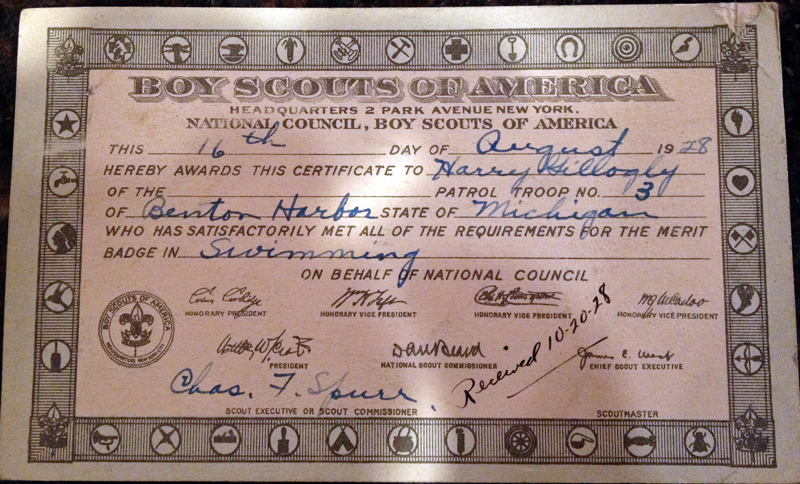
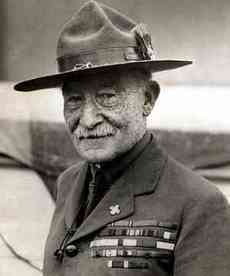
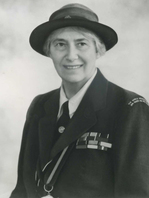
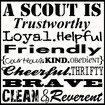
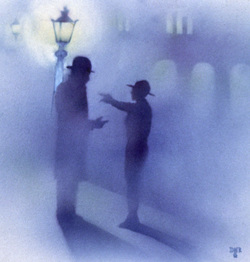

 RSS Feed
RSS Feed